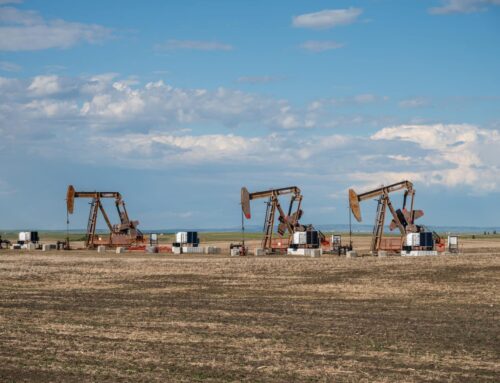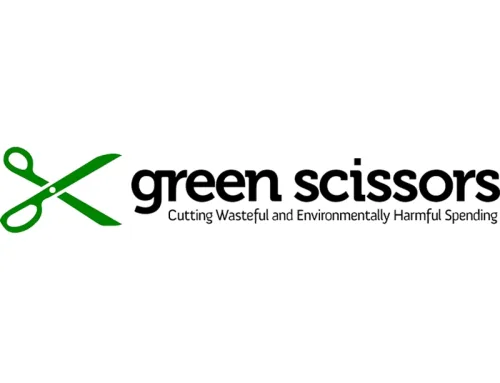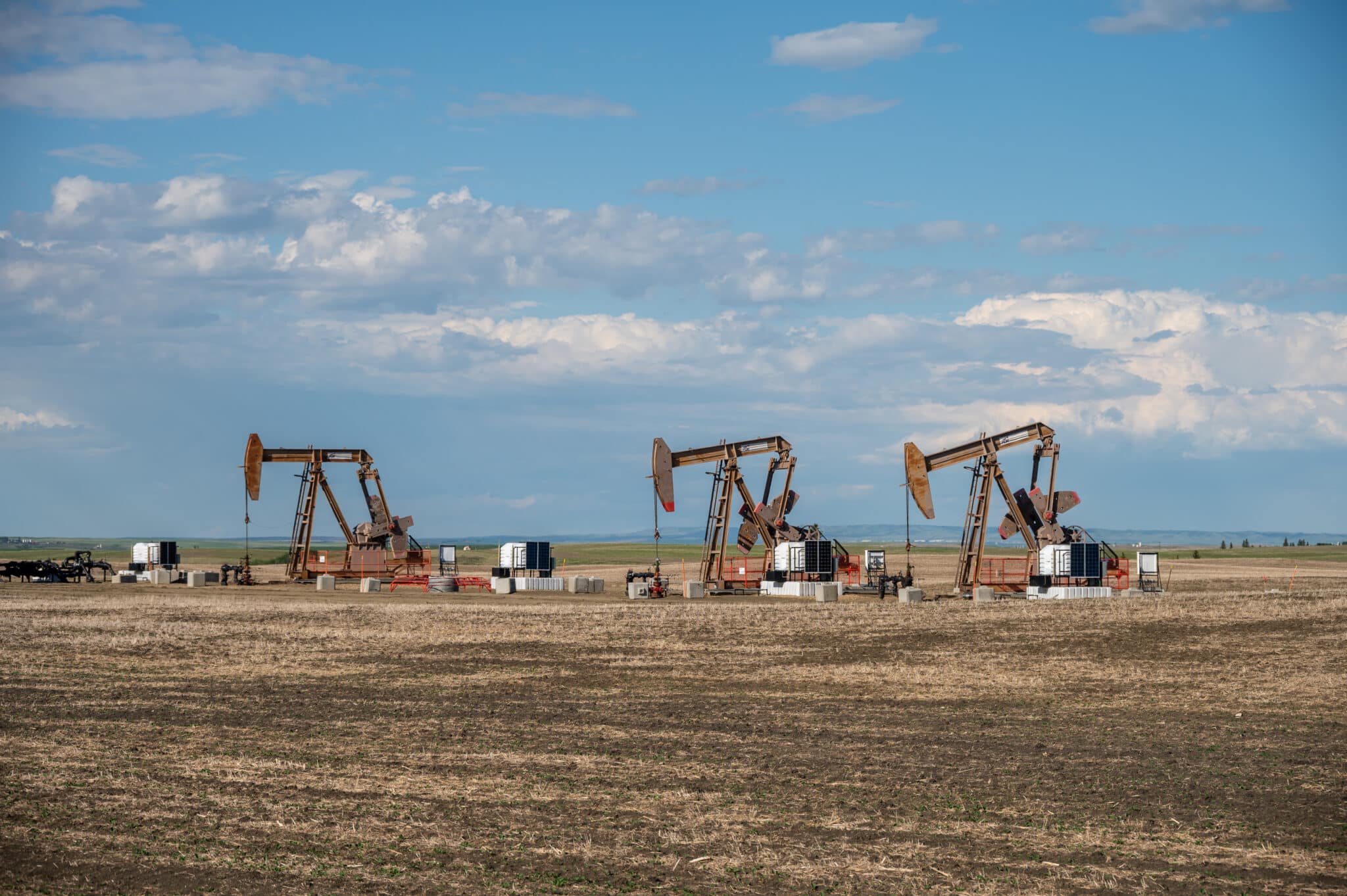On July 24, 2024, the IRS issued Notice 2024-60, providing guidance on claiming the Section 45Q tax credit specifically for utilization projects involving carbon capture and storage. This guidance clarifies the requirements for submitting a Life Cycle Analysis (LCA) report, which is necessary to claim the credit for utilization projects.
45Q and Carbon Utilization
The Section 45Q tax credit for carbon oxide sequestration offers a per ton tax credit for captured carbon. Under 45Q, there are three qualified end uses for captured carbon: sequestration (storage in deep underground formation), enhanced oil recovery (EOR, a process that injects carbon into oil and gas reserves to produce more oil and gas), and utilization. The guidance issued by the IRS focuses solely on utilization projects, which include:
- Fixation of qualified carbon oxide through photosynthesis or chemosynthesis, such as growing algae or bacteria.
- Chemical conversion of qualified carbon oxide into a material or chemical compound where it is securely stored.
- Use of qualified carbon oxide for any other purpose, excluding EOR.
Currently, there are no commercial scale carbon capture facilities that capture carbon for utilization. As of 2023, 13 commercial CCS facilities in the US capture carbon for EOR, and two capture it for sequestration. All utilization pathways listed above are still in the research and development stages and haven’t been deployed at scale.
In 2022, Congress significantly expanded the 45Q credit through the Inflation Reduction Act. Qualifying utilization facilities could now be eligible for up to $130 per ton of captured carbon. While the new guidance provides more clarity for utilization projects seeking to claim 45Q, further guidance from the IRS is anticipated following this expansion.
Summary of LCA Guidance for Utilization
An LCA report determines the aggregate quantity of direct and indirect greenhouse gas (GHG) emissions associated with the full product lifecycle, from extraction to distribution and use of the finished product. To be eligible for the 45Q credit, the utilization project’s LCA must demonstrate that the project results in a net reduction of GHG emissions. The LCA is also used to verify the amount of qualified carbon oxide utilized and thus eligible for the 45Q tax credit.
The guidance provides detailed procedures and timelines for LCA report submission and approval:
- Each facility seeking the 45Q credit for utilization must submit a written LCA report.
- LCA reports must conform with International Organization for Standardization (ISO) 14040:2006 and ISO 14044:2006 standards, as well as the Department of Energy (DOE)’s National Energy Technology Laboratory’s (NETL) Carbon Dioxide Utilization (CO2U) LCA Guidance Document and 45Q Addendum.
- An independent third party must perform or verify the LCA reports in accordance with ISO 14071:2014 and ISO 14044:2006, and their qualifications must be documented.
- The LCA request must include an LCA report, supplemental information, an independent third-party statement, and an LCA model if the LCA analysis is performed by a third party.
- The IRS will review the completeness and adequacy of the LCA approval request, while the DOE will conduct a technical review. The review process will be completed within four months of receiving the complete request.
- If the LCA is denied, a resubmission must explain why the previous request was denied and how the resubmission differs from the original request.
- Once approved, the LCA is valid for three taxable years, after which the claimant must resubmit.
- If there’s a material change to the LCA, the claimant must resubmit an LCA request. A material change is defined as one that reduces the life cycle displacement factor (DF) by more than 0.05. The DF represents the percentage of captured carbon oxide that is sequestered by utilization. For example, with a DF of 0.75, an applicant can claim 0.75 metric tons of qualified carbon oxide for every 1 metric ton captured and utilized. The resubmission must include an explanation of the material change.
- NOAA/NASA











Get Social